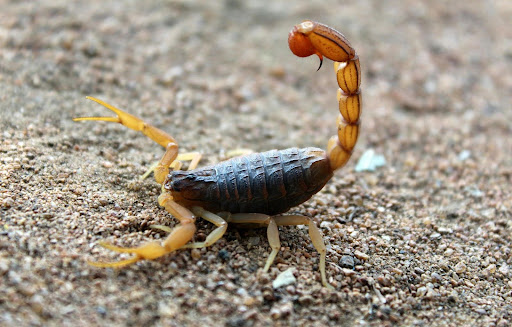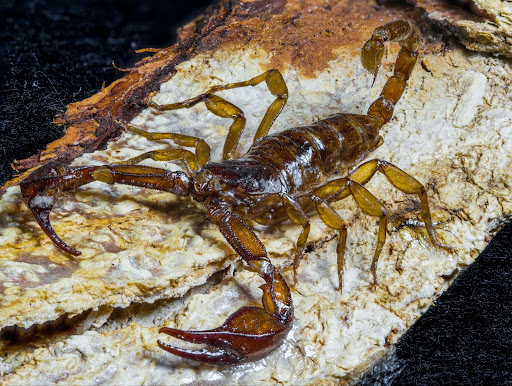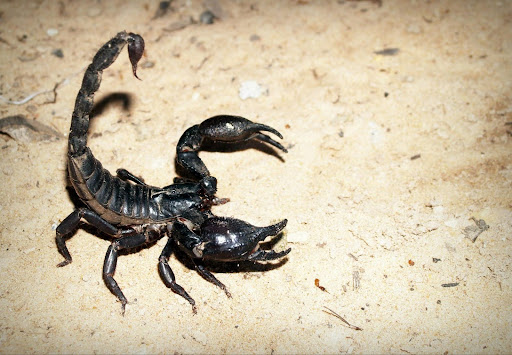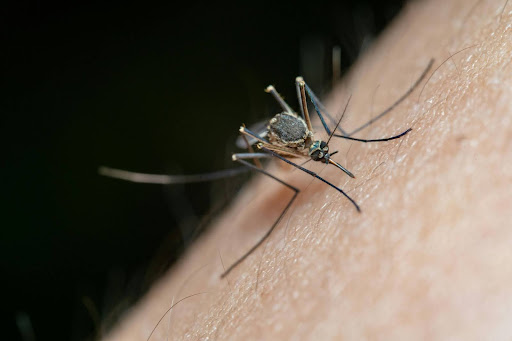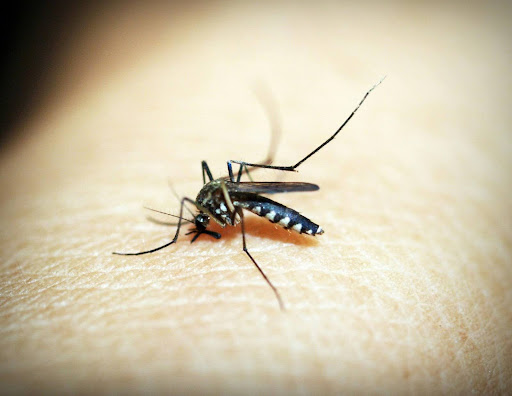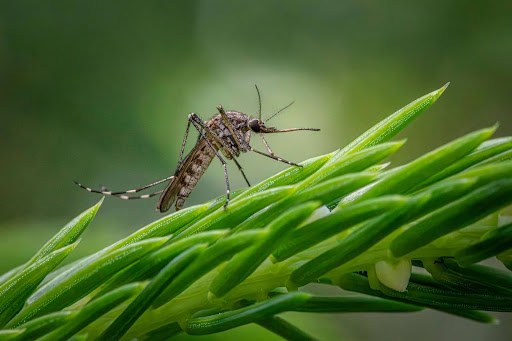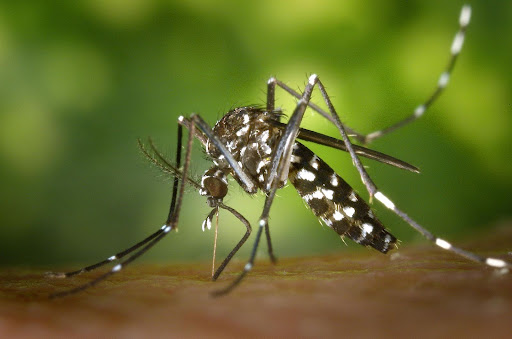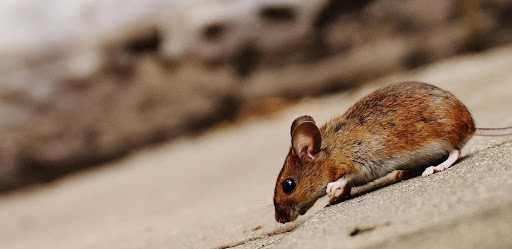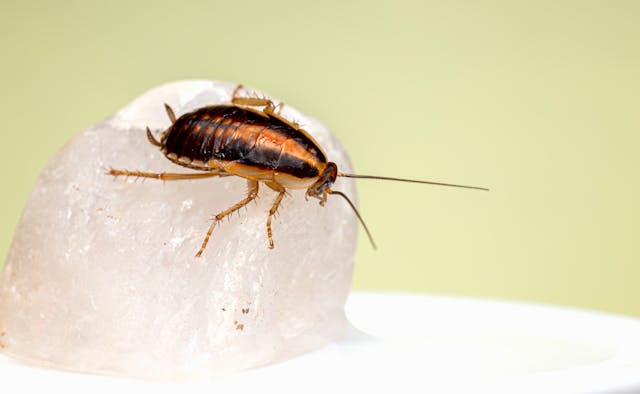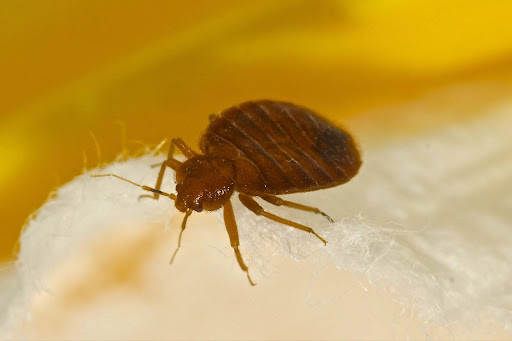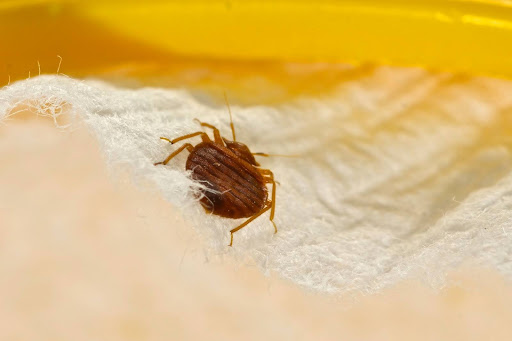In Arizona, each season brings a new set of challenges when it comes to pest control. Different pests are active at different times of the year, making it essential to be proactive and stay prepared. At Green Magic Pest Control, we provide seasonal pest control solutions tailored to the unique needs of your home and business. In this blog post, we’ll discuss the importance of seasonal pest control and how you can prepare your property for each season to keep pests at bay.
The Seasonal Pest Cycle
Pests are not just a year-round concern—they follow a natural cycle based on the climate and environment. In Covington, the mild winters and warm summers create the perfect environment for a wide range of pests, each of which has its active period. Here’s a breakdown of seasonal pest activity:
- Spring
As the weather warms up, pests like ants, termites, and mosquitoes become more active. Termite colonies begin to swarm, seeking new places to infest. Ants also begin foraging for food to sustain their colonies. Spring is also the peak season for mosquitoes, making it an ideal time to schedule pest prevention services. - Summer
In the summer months, pests like cockroaches, bees, and wasps become more prominent. Bees are highly active in pollinating flowers, but their nests can sometimes be problematic if they invade your home. Cockroaches thrive in the warmth of summer, often entering homes in search of food and water. During this time, mosquitoes are at their worst, often carrying diseases like West Nile and Zika. - Fall
As temperatures cool, pests like rodents and spiders begin to seek shelter indoors. Mice and rats search for warmth and food in your attic, basement, or kitchen. Spiders also move inside, looking for cozy corners to build their webs. Fall is the ideal time to seal entry points to prevent these pests from gaining access to your home. - Winter
In the winter, pests like termites, rodents, and cockroaches often stay hidden indoors. While activity may slow down, pest problems are still prevalent. Rodents, in particular, are highly active during winter as they search for warmth and food. It’s crucial to have a pest control service in place to ensure your home remains free of pests, even in the colder months.
Why Seasonal Pest Control is Important
- Prevention: Seasonal pest control focuses on preventing pests from becoming an issue. By addressing potential pest problems early, you can stop infestations before they begin.
- Effective Pest Management: Each season brings unique challenges. A pest control provider like Green Magic Pest Control understands the different pests that thrive during each season and tailors their services accordingly.
- Cost-Effective: Preventing a pest problem from becoming a major issue reduces the need for expensive extermination or repairs caused by damage from pests.
- Peace of Mind: Knowing that your home is regularly treated for pests throughout the year provides peace of mind and ensures your family’s safety.
Green Magic Pest Control Seasonal Services
At Green Magic Pest Control, we offer seasonal pest control plans that provide comprehensive protection for your home throughout the year. Our services include:
- Spring Mosquito & Termite Treatments
- Summer Cockroach & Bee Control
- Fall Rodent and Spider Prevention
- Winter Rodent & Cockroach Monitoring
Conclusion
Seasonal pest control is essential for maintaining a safe and comfortable home throughout the year. At Green Magic Pest Control, we provide tailored solutions to handle the unique pest challenges each season brings in Arizona. Contact us today to schedule your seasonal pest control service and ensure your home stays pest-free year-round.

